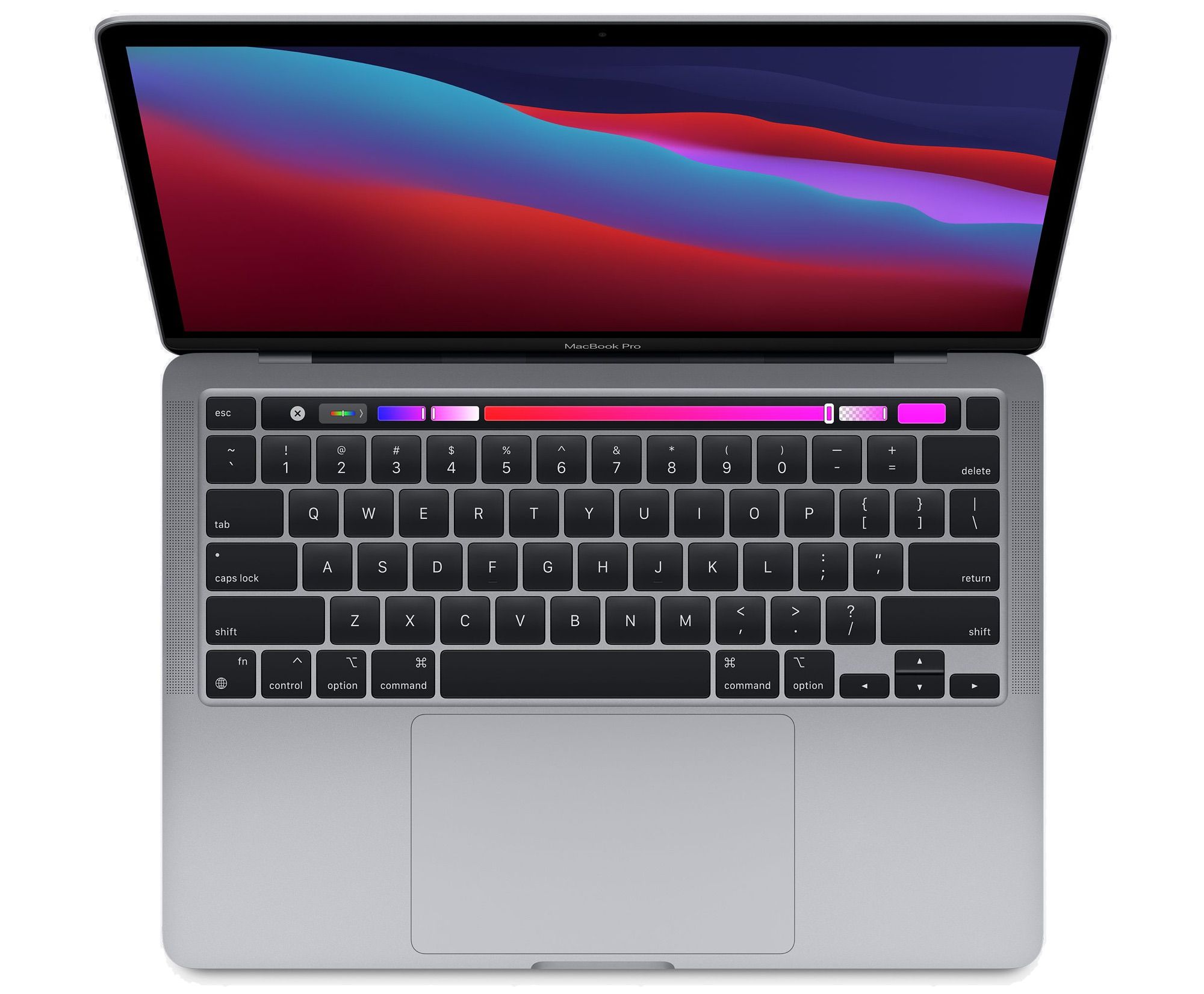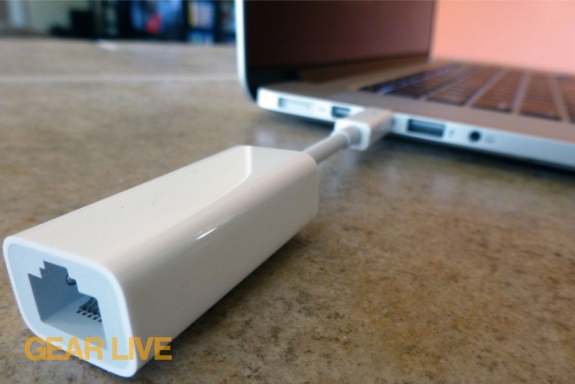

These are still great panels, near the top of the lot, but just not quite good enough for Apple. Other panels from the same lot, which have been rejected by Apple, end up in the budget IPS displays like the ones from Monoprice. For best performance and highest resolution support, you should use a Mini DisplayPort to DisplayPort cable.Īlso, although some monitors may use "the same panel" as the Apple displays, keep in mind that Apple tends to take only the cream of the crop of that run of IPS panels, which is why they charge more. You'll need a cable with Mini DisplayPort at one end, and a plug on the other end that matches one of the ports on the display. That means you won't be able to use a straight Mini DisplayPort cable with it and your Mac. If you choose the Nixeus display, the one I'm looking at lists DisplayPort, Dual-Link DVI, HDMI, and VGA.

On those monitors all you need is a Mini DisplayPort cable. If you want to use a USB-C device, you can. Overall, the new MacBook Pro with the M1 Pro chip supports up to two external.
MACBOOK PRO THUNDERBOLT PORT TO EXTERNAL MONITOR MAC
This is important because you probably won't find any non-Apple monitors that list a Thunderbolt port, but many now list a Mini DisplayPort. The Thunderbolt ports in the current Mac Studio, 24-inch iMac, MacBook Pro, and MacBook Air work with USB-C devices, which have the same connector shape. To support this, the new 14-inch and 16-inch MacBook Pros feature three Thunderbolt 4 ports and an HDMI port. The Thunderbolt 3 (USB-C) ports on your Mac Pro are managed by two controllersone controls the two ports on the top of Mac Pro and one controls the two ports on the I/O card on the back.

Note: Mac Pro has at least one HDMI port and four Thunderbolt 3 (USB-C) ports. You can use an external display, a projector, or an HDTV with your Mac Pro. The HDMI port on your Mac Pro also supports video.

Use a USB-C Digital AV Multiport Adapter to connect the HDMI display or HDTV to a Thunderbolt / USB 4 port on your 13-inch MacBook Pro.Ĭonnect a USB-C display: Connect the display to a Thunderbolt port on your MacBook Pro.Note that the Thunderbolt port functions as a Mini DisplayPort. A third-party GPU doesn’t enable video on Thunderbolt 3 (USB-C) ports. The Thunderbolt ports on your MacBook Pro support video output.Ĭonnect a VGA display or projector: Use a USB-C VGA Multiport Adapter to connect the display or projector to a Thunderbolt port on your MacBook Pro.Ĭonnect an HDMI display or HDTV: Plug a cable from your HDMI display or HDTV directly into the HDMI port on your 14-inch or 16-inch MacBook Pro. You can use an external display, a projector, or an HDTV with your 13-inch MacBook Pro. It uses the same LG display Apple uses in the 27' iMac. Some laptops may also come with a USB-C (Thunderbolt 3) video output option. Should be a lot less expensive than the HP. The external display port on your MacBook Pro laptop is designed to let you. You may want to consider the Nixeus monitor. You can connect up to two external displays with up to 6K resolution at 60Hz (Apple M1 Pro) or up to three external displays with up to 6K resolution and one external display with up to 4K resolution at 60Hz (Apple M1 Max). If the monitor does not have Thunderbolt ports, then you will need at least a cable adaptor to one of the ports on the monitor. The HDMI and Thunderbolt ports on your MacBook Pro support video output. You can use an external display, a projector, or an HDTV with your 14-inch or 16-inch MacBook Pro. Use an external display with your MacBook Pro


 0 kommentar(er)
0 kommentar(er)
